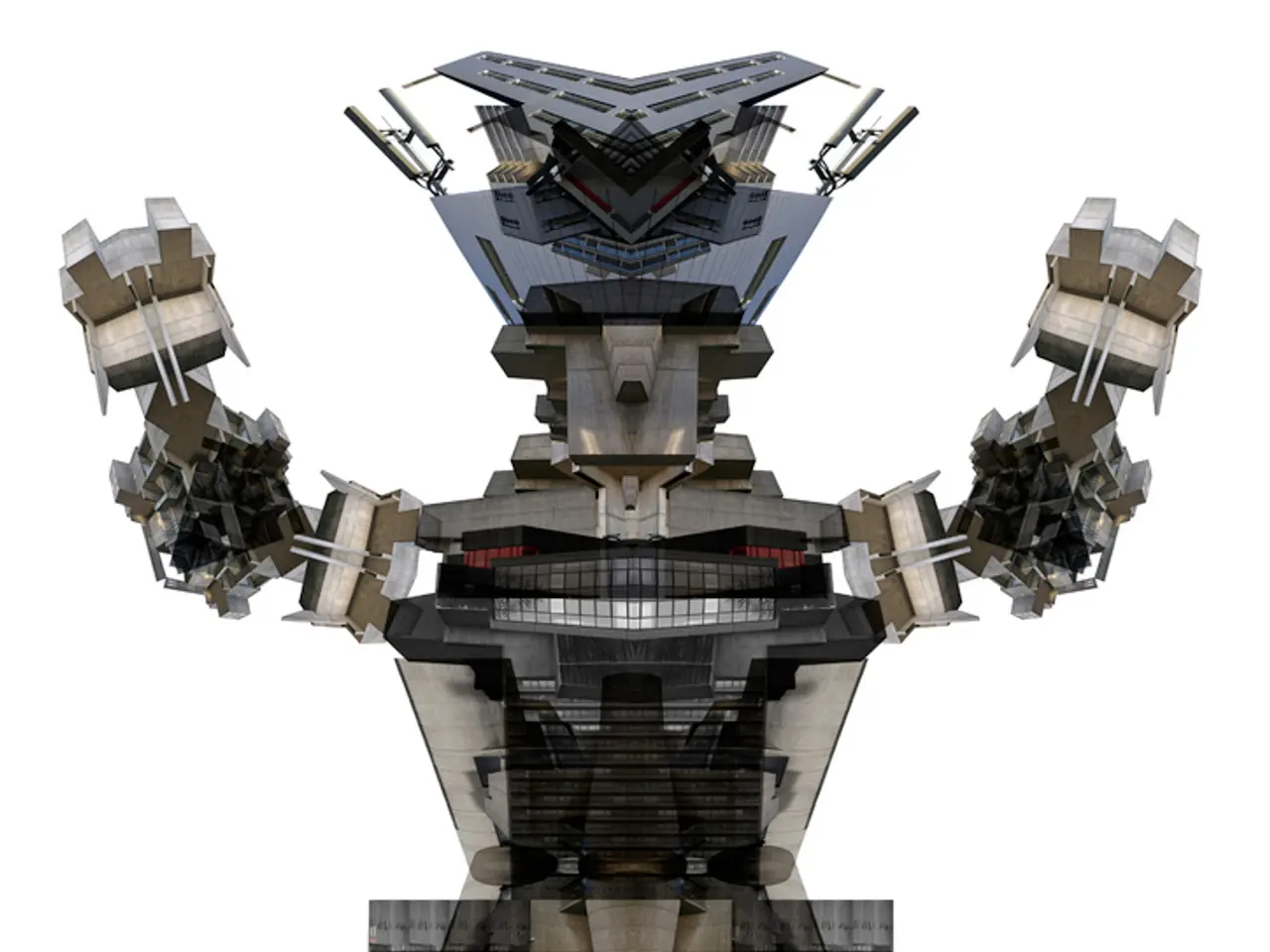Open Source Robots Launched by Hugging Face in Two Different Varieties
Hugging Face, the tech company known for its contributions to natural language processing, has made a significant leap into the robotics field with the unveiling of two new humanoid robots: HopeJR and Reachy Mini. These open-source robots are designed to make robotics more accessible and encourage a new generation of research.
Reachy Mini: Desktop AI Experimentation
Reachy Mini, a compact and affordable desktop robot, is available in two versions: the Reachy Mini Wireless and the Reachy Mini Lite. The Wireless model runs on a Raspberry Pi 5, boasts wireless connectivity, a battery, an accelerometer, two screens for eyes, animated antennas, a 5W speaker, a wide-angle camera, and costs $449. The Lite version, priced at $299, is a wired version without an accelerometer but otherwise similar. Both models stand about 11 inches (28 cm) tall, weigh 3.3 lbs (1.5 kg), and can be programmed in Python with planned support for JavaScript and Scratch. They come as a kit for assembly and integrate with the Hugging Face Hub, facilitating AI experimentation[1][3][5].
Reachy Mini is intended for AI enthusiasts, developers, and researchers to learn, experiment, and build AI robotics applications flexibly from a desktop environment. Its affordability makes it accessible to a wide range of users[1][5].
HopeJR: Full-Size Humanoid for Advanced Research
HopeJR, a full-size humanoid robot, represents a more advanced, larger-scale robotics platform. Capable of walking and picking things up, it was unveiled alongside Reachy Mini, emphasizing open-source AI and robotics development[2]. Specific pricing for HopeJR is not provided in the available information.
Intended as a robust humanoid robot for more complex robotics research and applications involving mobility and manipulation, HopeJR enables developers to explore advanced humanoid interactions. With 66 independent movements, including arm movement and walking, HopeJR is a powerful tool for next-generation research[1][2][3][5].
A Shift Towards Inclusive Innovation
The affordability of HopeJR and Reachy Mini makes them accessible to a wide range of users, representing a shift towards inclusive innovation. The open ethos of Hugging Face encourages transparency and global collaboration, making HopeJR and Reachy Mini educational platforms. The open-source nature of both models enables a wide range of use cases, including testing machine learning models and exploring new forms of human-robot interaction[1][2][3][5].
The acquisition of Pollen Robotics by Hugging Face contributed to the development of HopeJR and Reachy Mini. The new generation of robotics research is expected to value openness and experimentation over exclusivity, due to the open nature of HopeJR and Reachy Mini[1][2][3][5].
Both HopeJR and Reachy Mini are expected to be available towards the end of this year. By providing affordable, modifiable humanoids, Hugging Face is helping bring on a new generation of robotics research. The release of these humanoid robots is hoped to encourage a new generation of robotics research.
[1] Hugging Face Blog: [https://huggingface.co/blog/reachy-mini] [2] Hugging Face Blog: [https://huggingface.co/blog/hopejr] [3] Hugging Face GitHub: [https://github.com/huggingface/reachy-mini] [4] Hugging Face GitHub: [https://github.com/huggingface/hopejr] [5] Hugging Face Hub: [https://huggingface.co/models]
Artificial-intelligence integration on the Hugging Face Hub facilitates AI experimentation with the Reachy Mini robot, making it possible for users to program the robot in Python and learn about AI robotics applications.
HopeJR's advanced capabilities, such as walking and 66 independent movements, showcase the potential for artificial-intelligence to drive next-generation robotics research, promoting openness and experimentation in the field.




